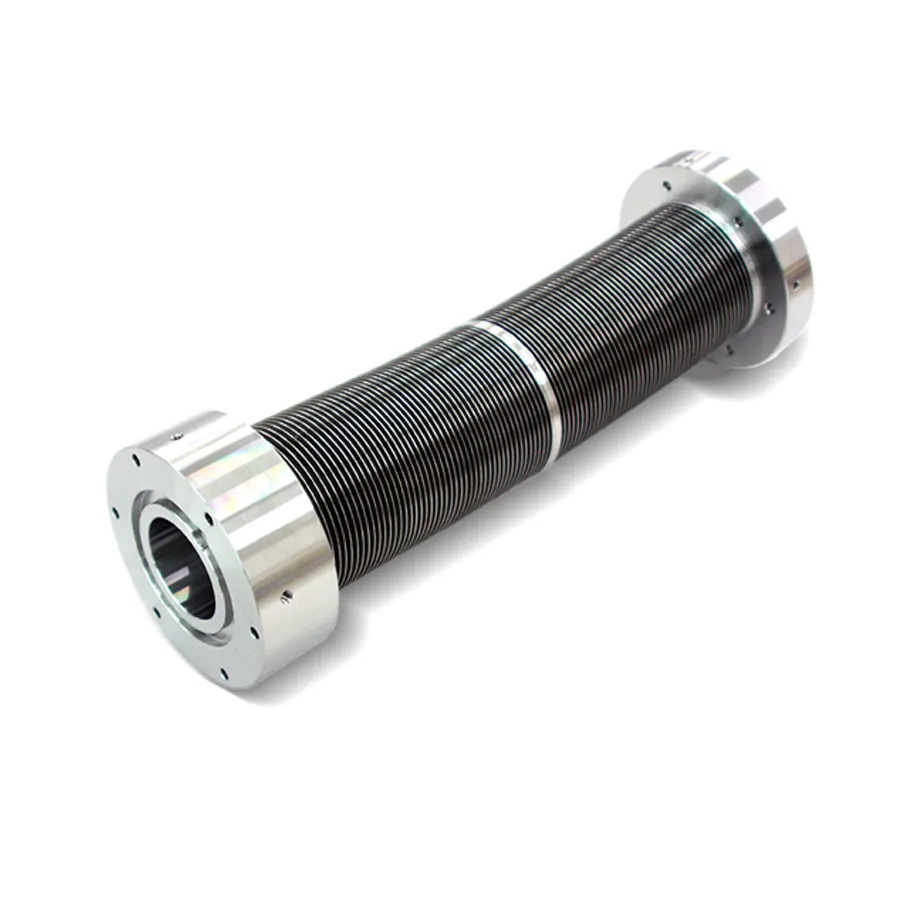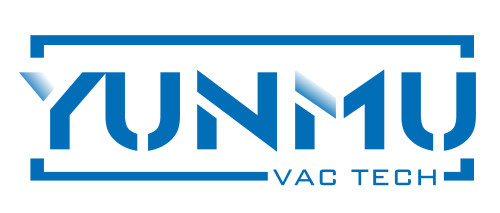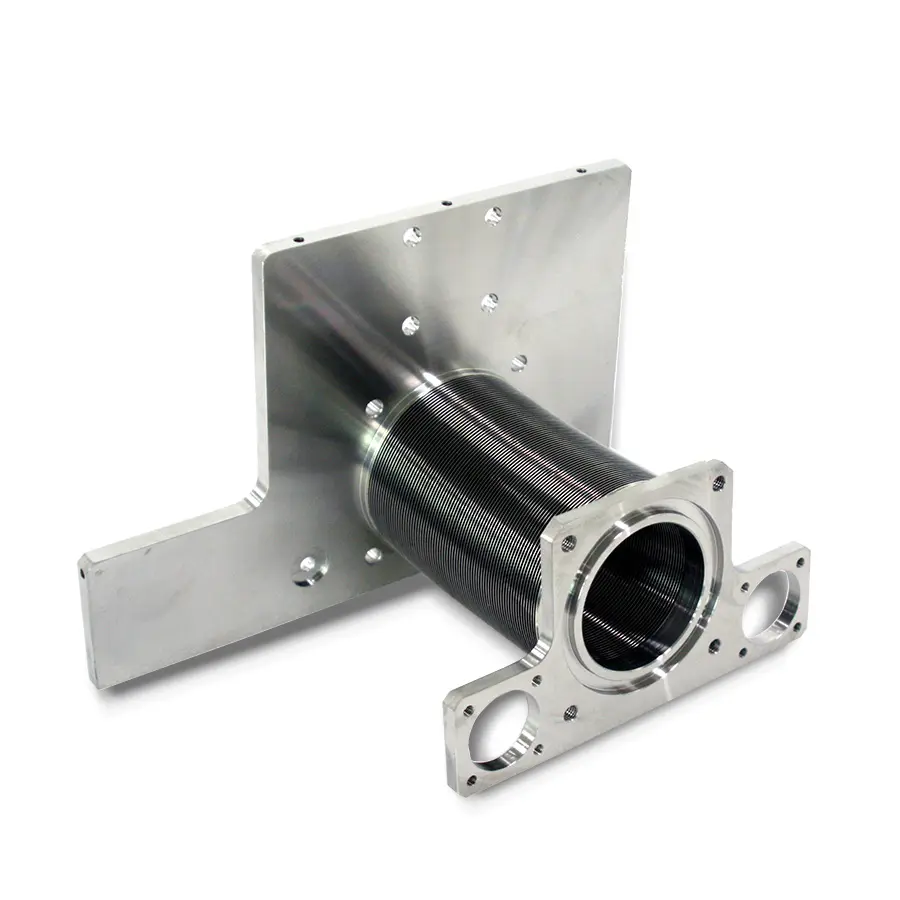Understanding the Importance of Flexibility and Leak-Tightness in Edge Welded Bellows
Edge welded bellows are critical components in many industrial systems, serving multiple roles where precision and durability are essential. What makes edge welded bellows stand out is their ability to provide exceptional flexibility while maintaining leak-tightness, two characteristics that are indispensable for their performance in demanding applications. This article explores why these two features are so important, how they impact the overall system, and what factors influence their effectiveness.
The Role of Flexibility in Edge Welded Bellows
Adapting to System Movements
One of the fundamental reasons flexibility matters in edge welded bellows is their role in accommodating system movements. Many industrial pipelines and vacuum systems experience thermal expansion, contraction, vibration, and other dynamic forces. Edge welded bellows act as flexible connectors that absorb these mechanical stresses, preventing damage to rigid pipes and equipment. Without adequate flexibility, the entire system risks failure due to stress buildup.
Flexible edge welded bellows can bend, compress, and extend to adjust to these changes smoothly. This ability to flex reduces the risk of cracks, leaks, or mechanical breakdowns in connected parts, extending the lifespan of the system and reducing maintenance needs.
Ensuring Operational Stability
Another aspect of flexibility is its contribution to operational stability. When a system can adapt to shifting forces and movements, it operates more reliably. Edge welded bellows with the right degree of flexibility help maintain alignment and pressure consistency, which is critical for processes requiring precise vacuum or pressure conditions.
Flexibility also minimizes the transfer of vibration and noise between connected equipment, improving overall working conditions and system longevity.

Leak-Tightness and Its Impact on System Integrity
Maintaining Vacuum and Pressure Conditions
Leak-tightness is a defining characteristic of edge welded bellows, especially in vacuum and pressure systems. A leak can compromise the entire system by allowing air or contaminants to enter, or by letting the contained gas or liquid escape. This issue leads to inefficiency, potential safety hazards, and higher operational costs.
Edge welded bellows are manufactured with precise welding techniques that create hermetic seals, ensuring no leakage under operating conditions. The leak-tight feature guarantees that vacuum chambers maintain the necessary low-pressure environment or that pressurized pipelines keep their integrity.
Enhancing Safety and Environmental Compliance
In addition to maintaining system integrity, leak-tightness in edge welded bellows contributes to safety and regulatory compliance. Many industries, such as pharmaceuticals, chemical processing, and semiconductor manufacturing, require stringent controls to avoid contamination or hazardous leaks.
Using edge welded bellows with proven leak-tightness minimizes the risk of exposure to harmful substances or cross-contamination, protecting workers and the environment. This reliability is often a deciding factor in equipment selection.
Key Factors Influencing Flexibility in Edge Welded Bellows
Material Selection
Material choice directly affects the flexibility of edge welded bellows. Commonly used materials include stainless steel and other alloys that offer high strength and corrosion resistance. The thickness and type of material impact how easily the bellows can bend or compress.
Manufacturers must balance flexibility with durability, ensuring that the bellows can withstand the operating environment without sacrificing movement capability.
Design and Geometry
The design and geometry of the edge welded bellows also determine its flexibility. Parameters such as convolution shape, pitch, and depth influence how the bellows respond to mechanical stresses.
Optimizing these design factors allows for a custom fit to the application, whether it requires high axial movement, lateral displacement, or angular rotation.
Factors Affecting Leak-Tightness in Edge Welded Bellows
Welding Quality
The edge welding process is crucial in achieving leak-tightness. High-quality welds ensure a seamless, airtight connection between convolutions, preventing any potential paths for leaks.
Advanced welding technologies, such as electron beam or laser welding, improve the precision and strength of the welds, enhancing the overall performance of the edge welded bellows.
Testing and Inspection
Leak-tightness must be verified through rigorous testing and inspection. Methods like helium leak testing or pressure decay tests detect even the smallest leaks.
Regular testing protocols during manufacturing and in-service maintenance confirm that the edge welded bellows continue to meet leak-tight standards, ensuring ongoing system reliability.
Applications Highlighting the Need for Flexibility and Leak-Tightness
Vacuum Systems
Vacuum systems require components that can maintain low pressure without leaks. Edge welded bellows provide the flexibility to accommodate thermal and mechanical shifts while ensuring vacuum integrity.
These bellows are essential in industries like semiconductor manufacturing, where even minor leaks can disrupt sensitive processes.
Cryogenic and High-Temperature Applications
In extreme temperature environments, the system components expand and contract significantly. Edge welded bellows offer flexibility to absorb these thermal movements while preserving leak-tightness.
Their resistance to temperature fluctuations makes them ideal for cryogenic pipelines or high-temperature exhaust systems.
Maintenance and Longevity of Edge Welded Bellows
Routine Inspection
Regular inspection helps identify wear or damage that could compromise flexibility or leak-tightness. Visual checks, combined with non-destructive testing, enable early detection of potential issues.
Proactive maintenance extends the lifespan of edge welded bellows and prevents unexpected system failures.
Replacement Criteria
Knowing when to replace edge welded bellows is essential for system safety. Signs such as loss of flexibility, visible cracks, or detected leaks indicate the need for replacement.
Choosing high-quality bellows initially can reduce replacement frequency and downtime.
Advantages of Choosing High-Quality Edge Welded Bellows
Superior Manufacturing Standards
High-quality edge welded bellows are produced under strict quality controls, using advanced welding techniques and premium materials. This results in reliable flexibility and assured leak-tightness.
Investing in such bellows reduces operational risks and maintenance costs.
Customization Options
Manufacturers often offer customization to tailor edge welded bellows to specific system requirements. Customized bellows better meet the demands of complex or unique applications.
Customization ensures optimal performance in flexibility and leak-tightness, enhancing system efficiency.
Frequently Asked Questions
What materials are typically used to make edge welded bellows?
Edge welded bellows are commonly made from stainless steel alloys, which provide a balance of flexibility, strength, and corrosion resistance. Other specialized alloys can be used depending on the application environment.
How is leak-tightness tested in edge welded bellows?
Leak-tightness is tested using methods such as helium leak detection, pressure decay, or vacuum testing. These tests identify even the smallest leaks to ensure the bellows maintain airtight performance.
Can edge welded bellows handle extreme temperature variations?
Yes, edge welded bellows are designed to accommodate thermal expansion and contraction in both cryogenic and high-temperature applications, maintaining their flexibility and leak-tightness under these conditions.
How often should edge welded bellows be inspected or replaced?
Regular inspections should be conducted based on the operating conditions and manufacturer recommendations. Replacement is necessary when signs of wear, leaks, or loss of flexibility are detected to maintain system safety.
Table of Contents
- Understanding the Importance of Flexibility and Leak-Tightness in Edge Welded Bellows
- The Role of Flexibility in Edge Welded Bellows
- Leak-Tightness and Its Impact on System Integrity
- Key Factors Influencing Flexibility in Edge Welded Bellows
- Factors Affecting Leak-Tightness in Edge Welded Bellows
- Applications Highlighting the Need for Flexibility and Leak-Tightness
- Maintenance and Longevity of Edge Welded Bellows
- Advantages of Choosing High-Quality Edge Welded Bellows
- Frequently Asked Questions

